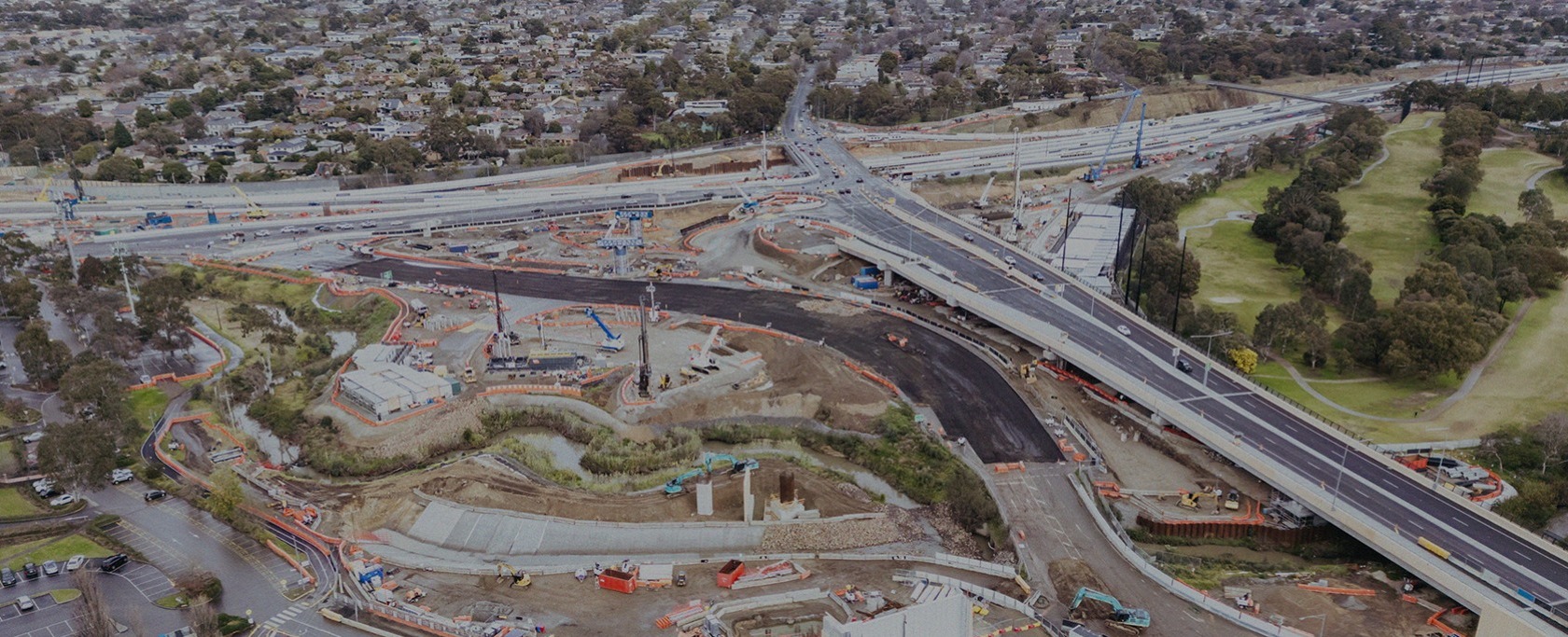Victoria’s planning overhaul: faster approvals and more housing on the way
Victoria’s planning system is undergoing its most significant reform in decades. The Consumer and Planning Legislation Amendment (Housing Statement Reform) Act 2025 (Vic) introduces wide-ranging changes to streamline development approvals, reduce duplication, and accelerate housing delivery as the state pushes its goal of 800,000 new homes by 2035.
The reforms amend the Planning and Environment Act 1987 and related legislation, reshaping how planning scheme amendments, permit applications and panel processes are managed.
Key planning reforms
1. Proponent-led planning scheme amendments
Developers and landowners now have a formal right to request that councils prepare a planning scheme amendment.
Councils must provide a written response within a specified timeframe and give reasons if the request is refused.
The Minister for Planning may direct councils to make a decision if they delay.
This gives landowners a stronger voice and introduces greater accountability in the amendment process.
2. Streamlined approval pathways
Low-impact or non-controversial amendments can proceed through simplified processes without a full panel hearing.
If a council abandons an amendment, the Minister can step in to continue the process, ensuring important projects aren’t stalled by local politics.
3. Faster, clearer permit processes
Planning authorities can now deem an application void if an applicant fails to provide requested information within the required timeframe. Notice requirements have been standardised and default permit expiry periods extended, delivering clearer expectations for both councils and applicants.
4. Tighter management of objections and panel hearings
Planning panels may now dismiss submissions that are frivolous, repetitive or irrelevant, and treat substantially similar submissions as one. In some cases, hearings may proceed on written submissions only, reducing cost and delay.
5. Metropolitan Planning Levy adjustments
Developers will benefit from fairer levy rules, including exemptions for projects that have already paid the Metropolitan Planning Levy (MPL) under previous related applications. This removes double-charging and simplifies compliance for multi-stage developments.
What this means for developers and landowners
These reforms mark a decisive shift toward a faster, more transparent planning framework.
For landowners and developers, this means:
- greater ability to initiate planning scheme changes directly;
- stricter timelines for application responses and documentation;
- reduced delays in lower-risk amendments and permit approvals; and
- greater certainty around levies and appeal processes.
Procedural risks to be aware of
However, the changes also introduce new procedural risks. Applications that are incomplete or fail to meet the revised timeframes may now lapse automatically. Councils and developers alike will need to adapt quickly to avoid administrative pitfalls.
For developers and investors, the key will be to engage early, prepare thorough documentation, and leverage the new pathways designed to fast-track compliant projects.
As implementation unfolds, the reforms are expected to reshape the way planning decisions are made and accelerate the delivery of new housing across Victoria.






